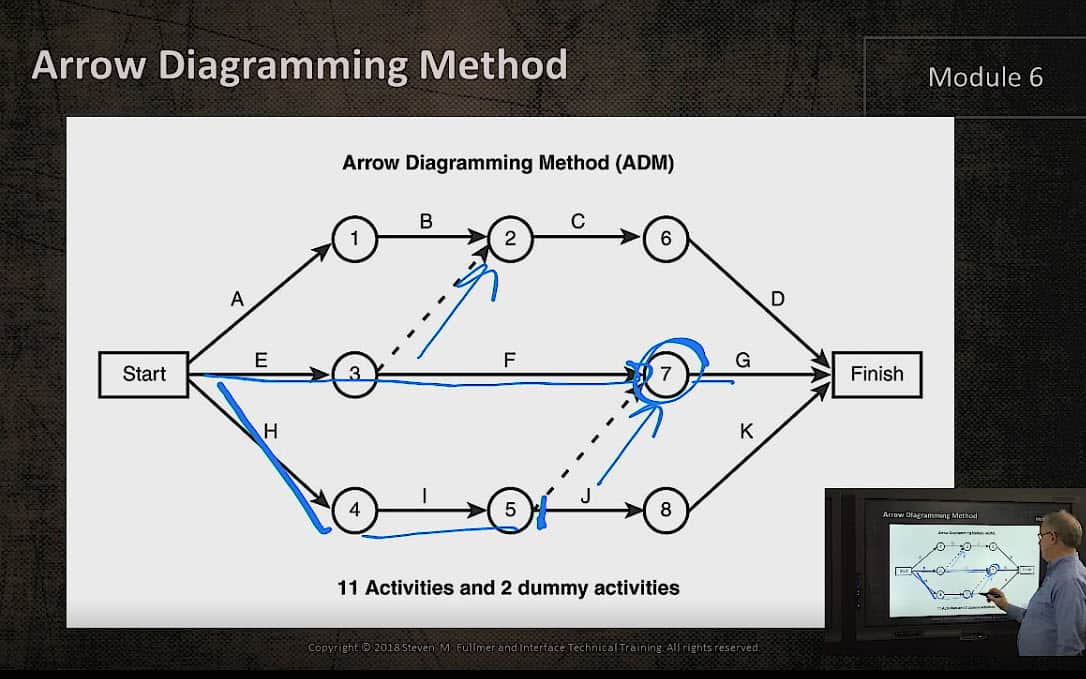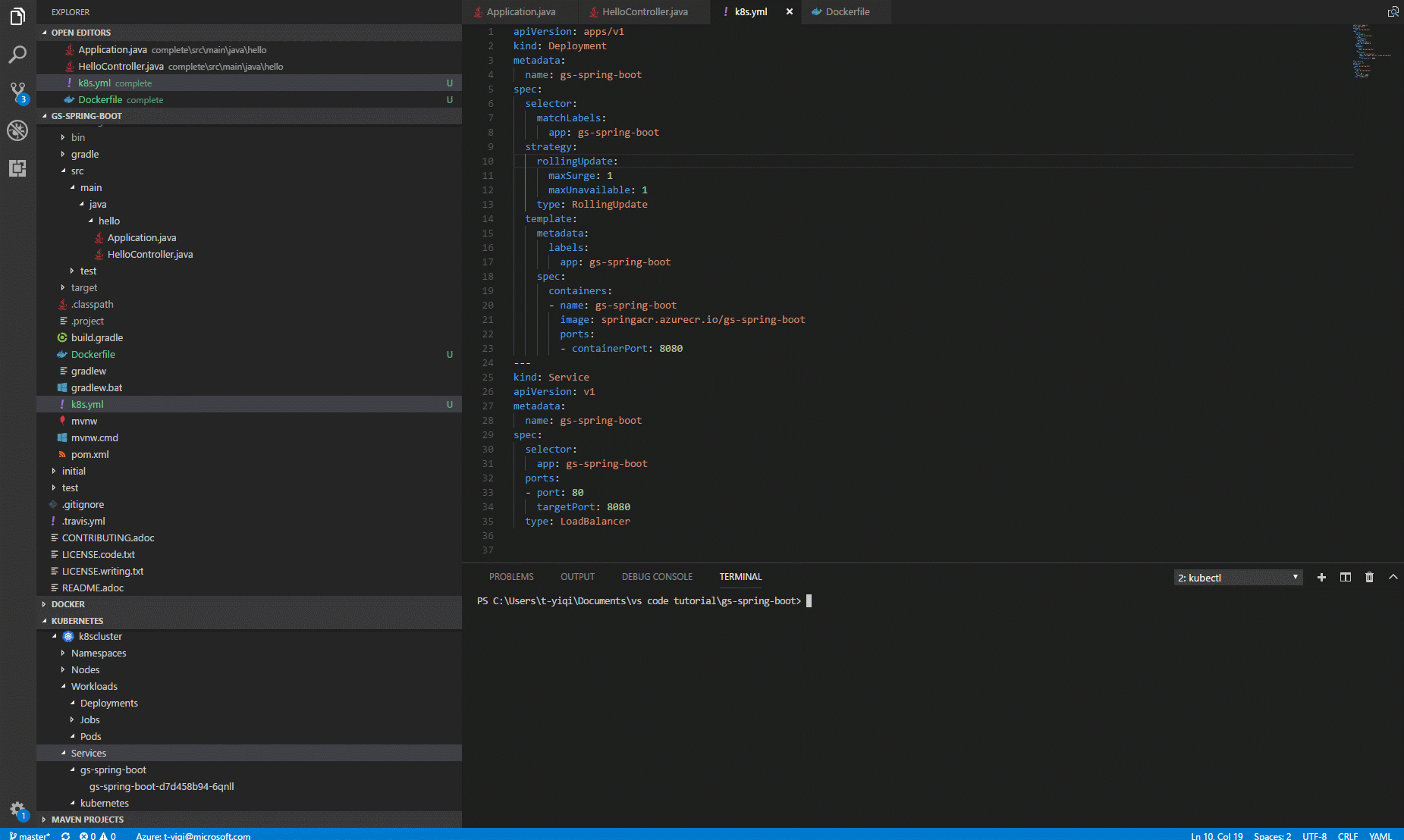Search results for 'kubernetes', Visual Studio Code on marketplace.visualstudio.com.
The Visual Studio Kubernetes Tools help streamline the development of containerized applications targeting Kubernetes. Visual Studio can automatically create the configuration-as-code files needed to support Kubernetes deployment, such as Dockerfiles and Helm charts, and leverage Azure Dev Spaces to rapidly iterate on and debug code running in Azure Kubernetes Service (AKS).
- Increase the power of Visual Studio Code through Extensions. The features that Visual Studio Code includes out-of-the-box are just the start. VS Code extensions let you add languages, debuggers, and tools to your installation to support your development workflow.
- This sample illustrates how Bridge to Kubernetes can be used to develop a microservice version of a simple TODO application on any Kubernetes cluster. This sample, using Visual Studio Code, has been adapted from code provided by TodoMVC.
- Bridge to Kubernetes extends the Kubernetes perimeter to your development computer allowing you to write, test, and debug microservice code while connected to your Kubernetes cluster with the rest of your application or services. With this workflow, there is no need for extra assets, such as a Dockerfile or Kubernetes manifests.
Note: This extension is only available for Visual Studio 2017 and has been deprecated. The latest functionality is integrated within the installation of Visual Studio 2019. For the latest functionality, install Visual Studio 2019 with the 'Azure Development' workload enabled.
Installation
Getting started with Kubernetes development in Visual Studio 2017:

- Install the ASP.NET and web development workload from the Visual Studio installer.
- Download and install the Visual Studio Tools for Kubernetes extension
- When prompted, shut down Visual Studio to allow the extension installation to complete, then restart Visual Studio.
If you wish to debug using Azure Dev Spaces, you will need an Azure Kubernetes Service (AKS) cluster. For more details, please see the Azure Dev Spaces quickstart
If you wish to debug code running in Docker containers on your development workstation, you will also need Docker for Windows. Docker for Windows is not required for debugging using Azure Dev Spaces.
Quick Start
Use the new Container Application for Kubernetes Why won t chrome download on my mac. template to quickly create a new ASP.NET web application project with a Dockerfile and Helm chart pre-created for you, suitable for deploying to Kubernetes.
Alternatively, you can add Kubernetes support to an existing ASP.NET web application project by right clicking on the project in Solution Explorer and clicking Add > Container Orchestrator Support and selecting Kubernetes/Helm.
To debug your project using Azure Dev Spaces, ensure that Azure Dev Spaces is set as the debug launch target.
Then, just press F5! Visual Studio will build a container image in Azure, run your application inside it, and open up a debug session to the running container image -- all with the press of a button.

Is it ok to download google chrome on mac. Often when working with Kubernetes you might find yourself switching between your clusters or namespaces. I am doing this numerous times lately and I was slow switching using the regular commands. In this post, I would like to highlight two productivity utilities when working with Kubernetes which will make it simple when working with multiple clusters.
Kubernetes stores the cluster information in ~/.kube/config file and stores in as a context information. If you are working against multiple clusters ideally you would have different config files and can reference them when running commands with kubectl.
For example, to get pods in different cluster than your default context, you use below command.
As you can see, typing namespace information and providing the config for every command is cumbersome.
Merging multiple config files in to one
If you already have multiple config files to connect to different clusters, you would like to merge them first. You can merge both the config file using syntax below
Switching the Kubernetes clusters using kubectl commands
Kubernetes already has a concept of contexts and once you merge the config, you will be able to see the contexts information.

You will see context information as below

You can then switch to the different cluster (in my case its qa-aks-cluster) using below command
Visual Studio Kubernetes Project
Switching the namespaces using kubectl commands
Now if you do not want to add --namespace <namespace-name> for every command you type, you can also set it as default namespace for the currently selected context.
Using kubectx and kubens
Visual Studio Kubernetes Tutorial
kubectx
kubectx is a great open-source tool to switch clusters. Just type kubectx and it lists the contexts you have. Then you can select one by typing
If you have fzf installed, you can also get a nice picker and you can use arrows to select one.
If you keep alternating between contexts, you can also use kubectx - to quickly go back to previous context. Isn’t it cool?
kubens

Aks Bridge
Similar to kubectx, kubens is another great utility from the same creator. It performs pretty much similar to kubectx but lets you switch namespaces. I regularly use this since we have couple of namespaces within our cluster which we deploy to. It has certainly saved me lots of typing.
Conclusion
Visual Studio Kubernetes Debug
If you are into Kubernetes, both kubectx and kubectl are great productivity tools and will save you lots of time. I certainly am finding them really useful.
Visual Studio Kubernetes Helm
That’s it for this post, thanks for reading, until next time time 👋🏼




